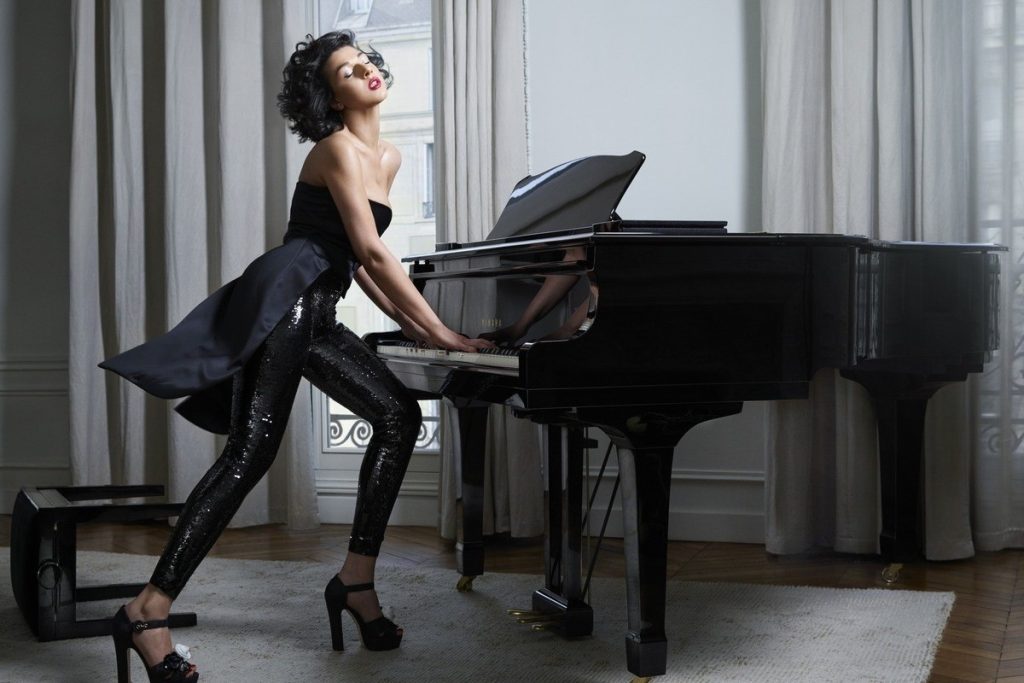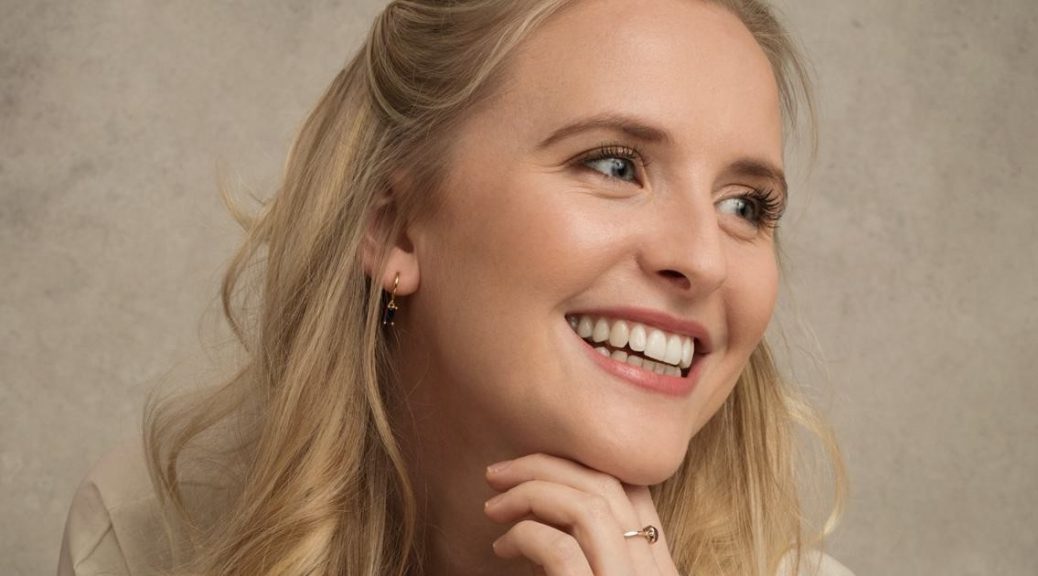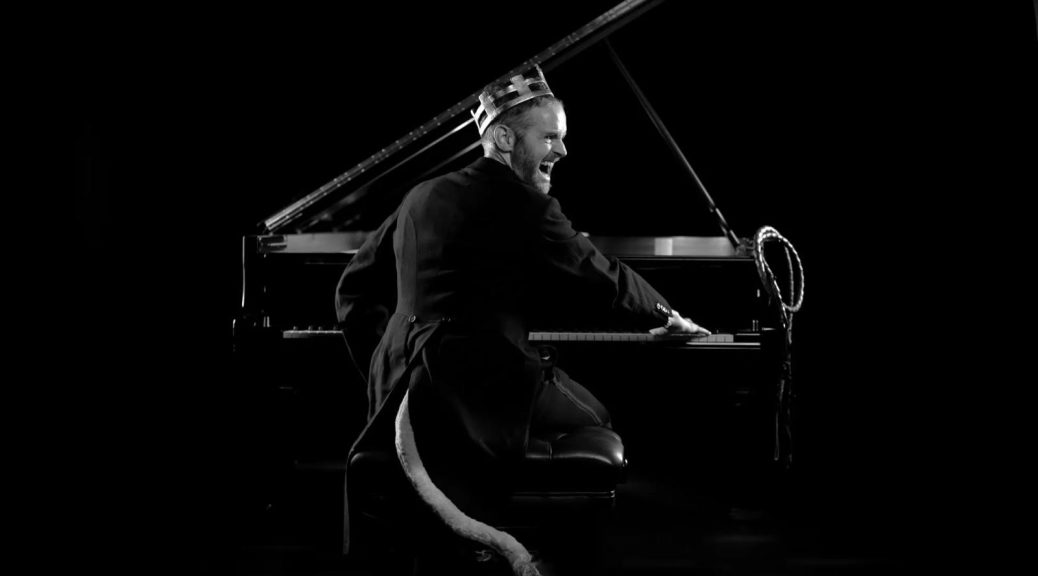
 (3 / 5)
(3 / 5)
As Khatia Buniatishvili bids farewell to her time at the Barbican Centre, I’m already savouring her take on a Mozart Concerto. With that, the only time then I saw here live, this send off was a must attend event in London.
A blockbuster cast of artists aside a massive programme, this was set to be a excitable evening. Khatia, excels in her smooth playing, a gentle finesse that I’ve rarely seen. At this send of, she openly put herself in the background and let musical friends be the guide. Amira Casar opened with a reading of Robert Browing, later famous verse from Elizabeth Barrett Browning. Spoken with pride and nuance, I rather enjoyed them. But I did wonder why just this only? Its further relation to a night of music?
It’s very easy to be jealous of Jakub Józef Orliński. This Polish countertenor, is a true triple threat of singer, athlete and model. His takes on Vivaldi, then Handel here were tremendous, real highlights. Tonaly everything a countertenor should be, acting with his eyes considerably. The audience adored him, he couldn’t resist showing off some break dancing at the ending Piazzolla, the well known Libertango. Nicola Benedetti is a fine violinist, her Massenet Méditation hits the sweet spot, movements from Frank’s Violin Sonata rich in melodious mirroring between the soloist and the piano. Axelle Saint-Cirel, the mezzo-soprano was seen in a slight moment just two short songs from Poulenc & Barber. We didn’t see enough, her, stage presence and mystery to the offering was impressive.
My issues with the concert were the unrelenting programme offered no intermission and ended twenty minutes later than advertised. This was a lot to truly take in and a break for everyone would have been welcome. All this music, a fair amount was solem, the lights dimmed for an atmosphere not befitting a celebration. The gaggle of other pianists were noteworthy: Sodi Braide, Hélène Mercier and Khatia’s sister Gvantsa Buniatishvili. A wonderous sense of friendship and love of music was evident when they played together, a rather creaky Gallop from William Tell had all four playing in this iconic romp. Arrangements of The Four Seasons for two pianos were fine, but having Benedetti there seemed like a waste opportunity, a violinist well known for this Vivaldi.
These musical choices spanned centuries, they had little through line (I’ve said it before I just like using it in reviews) and were tonally very broad. Arvo Pärt’s Pari intervallo was the quieter side, a formidable silence from Khatia and Sodi, in a highlight for me. It might work best for organ, but in double piano it was extremely touching. The recently past Sofia Gubaidulina had a brief stint: Song of the Fisherman from Musical Toys. Folksy and shy, it had unashamed pianissimo and was another evocation. Choices of Brahms and Dvořák I was less stirred by, a cheery Nutcracker overture couldn’t be further from Christmas in peoples minds, another eight hander. Worries seemed to evaporate if only for mere minutes.
This meaty leaving do was considerably large, maybe a slight pruning might have faired better?




 (4 / 5)
(4 / 5)





 (5 / 5)
(5 / 5)




